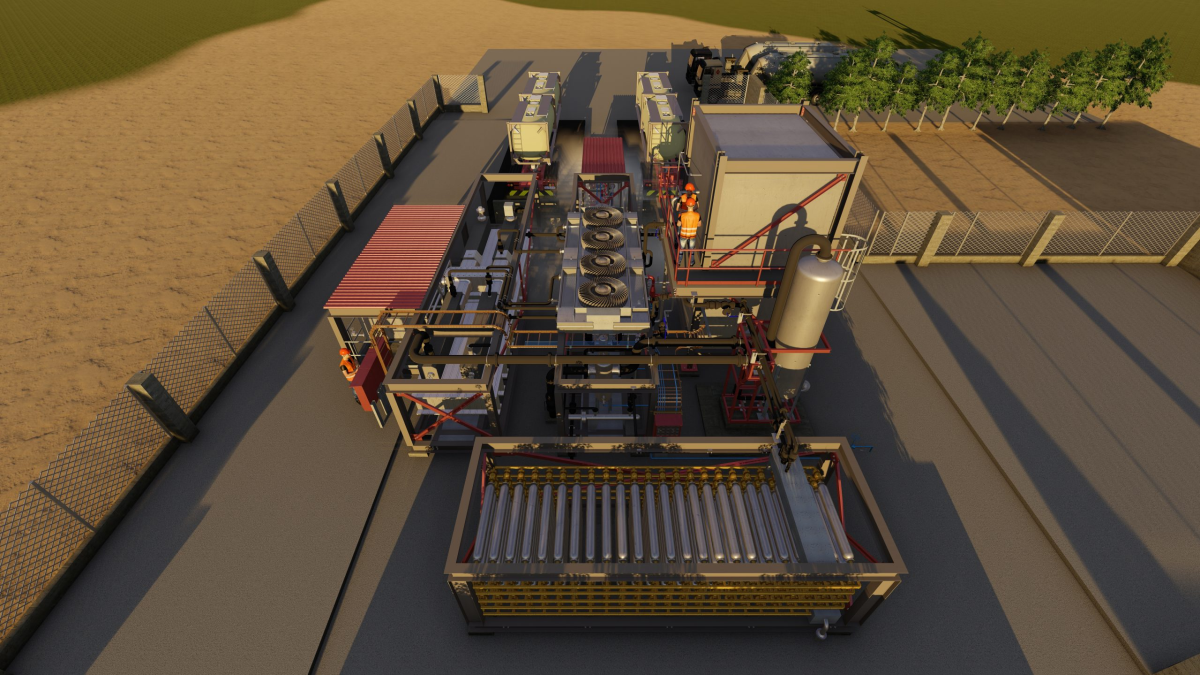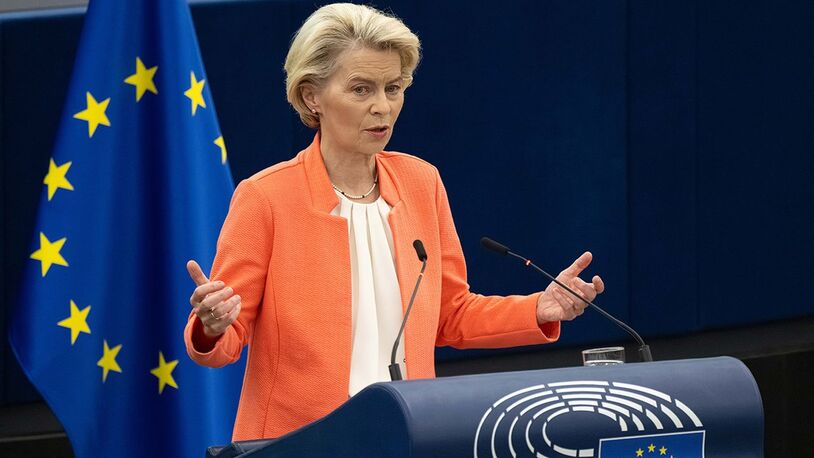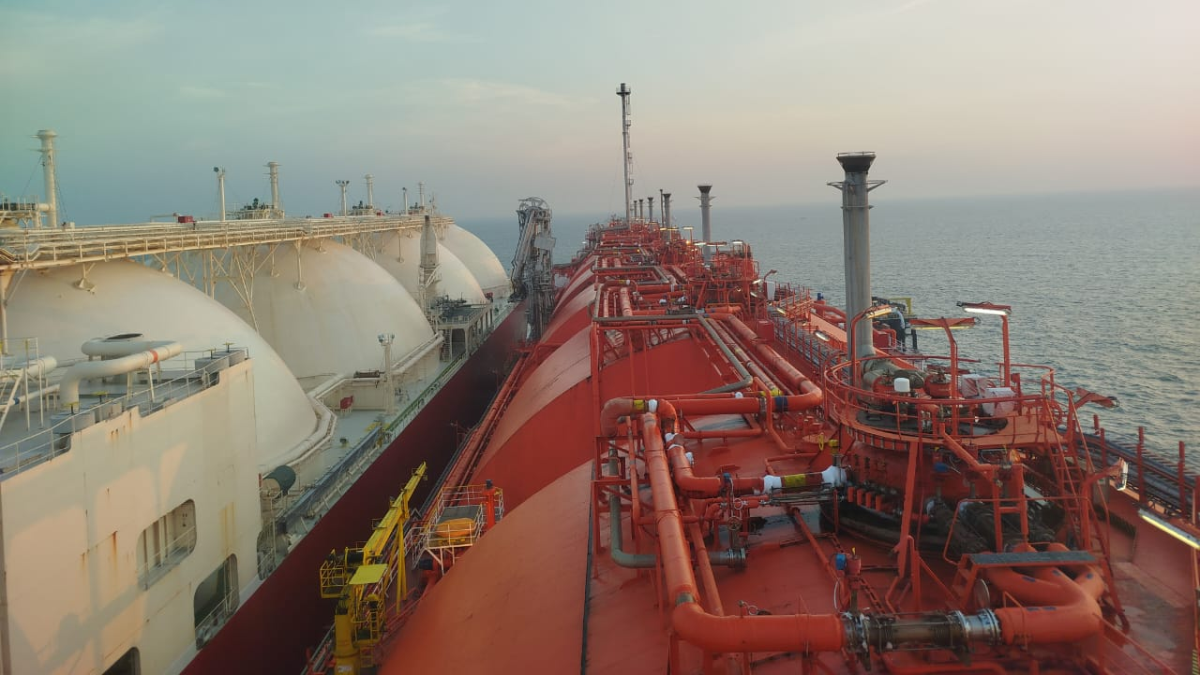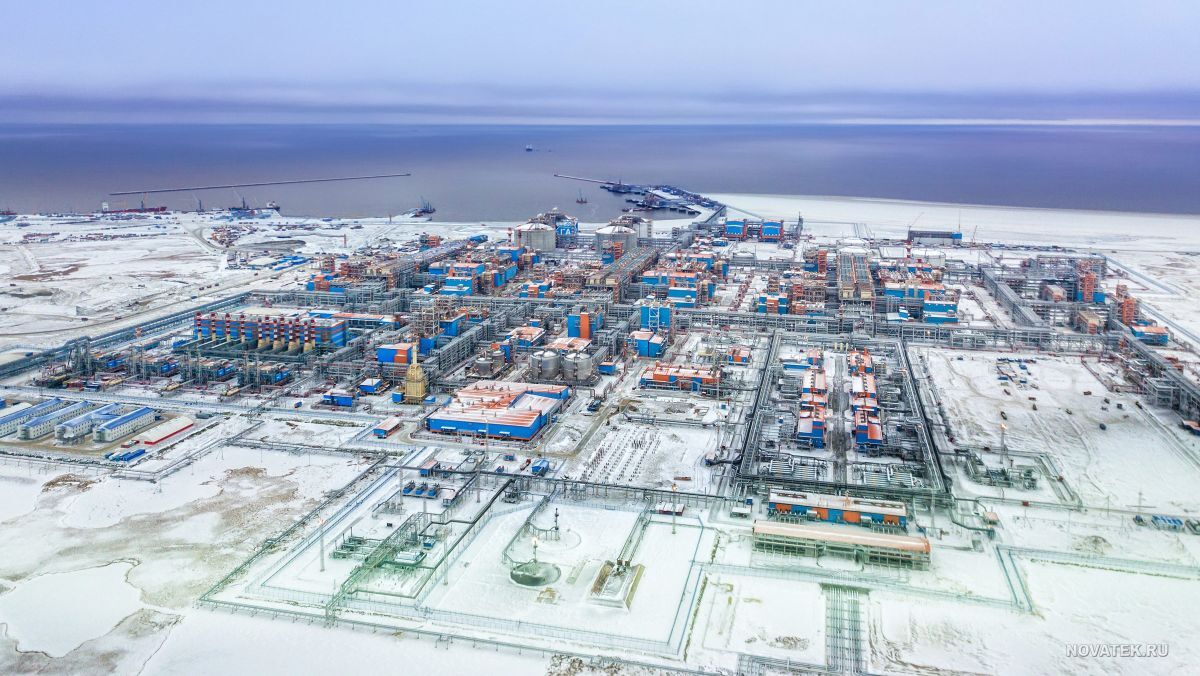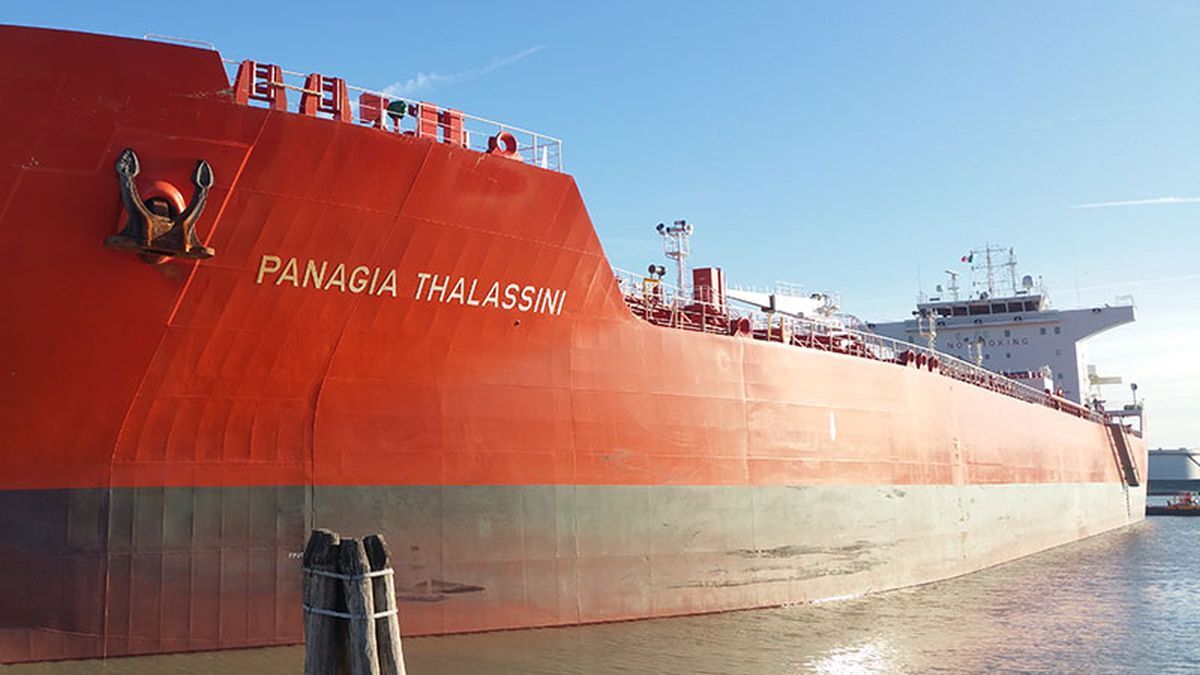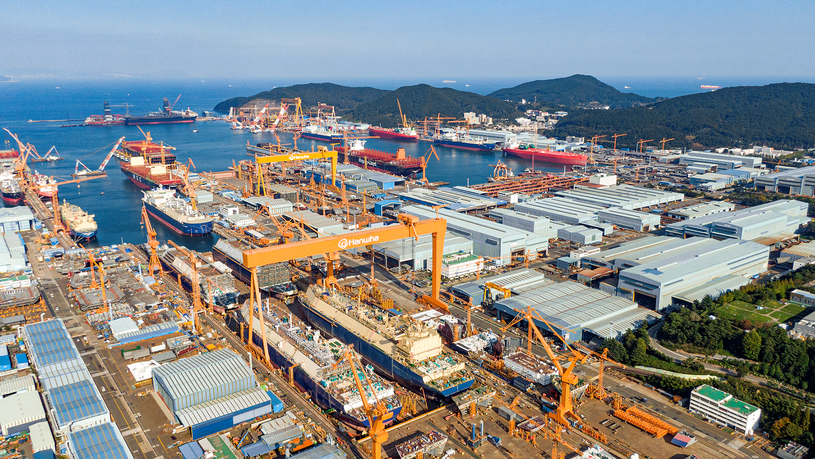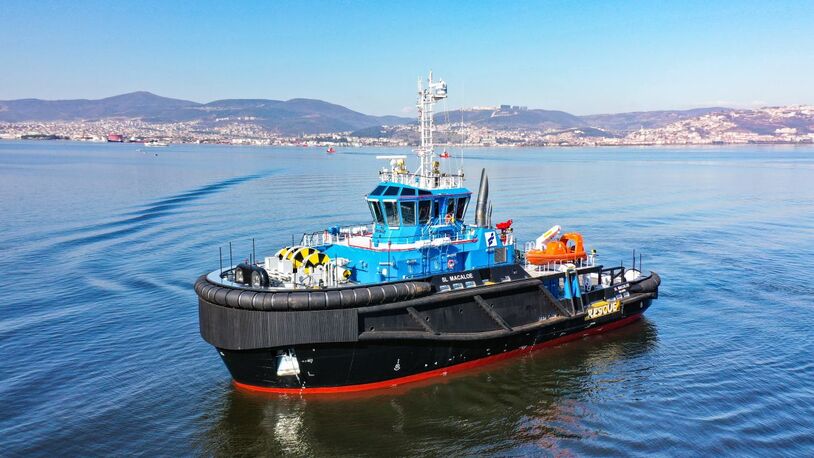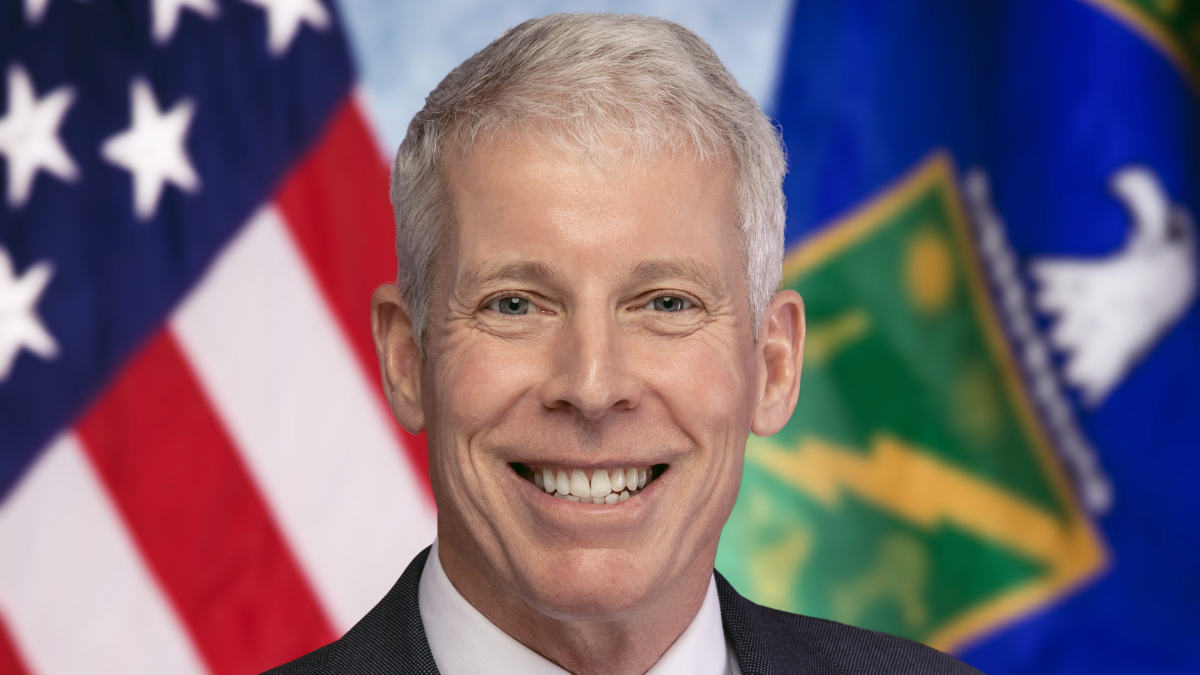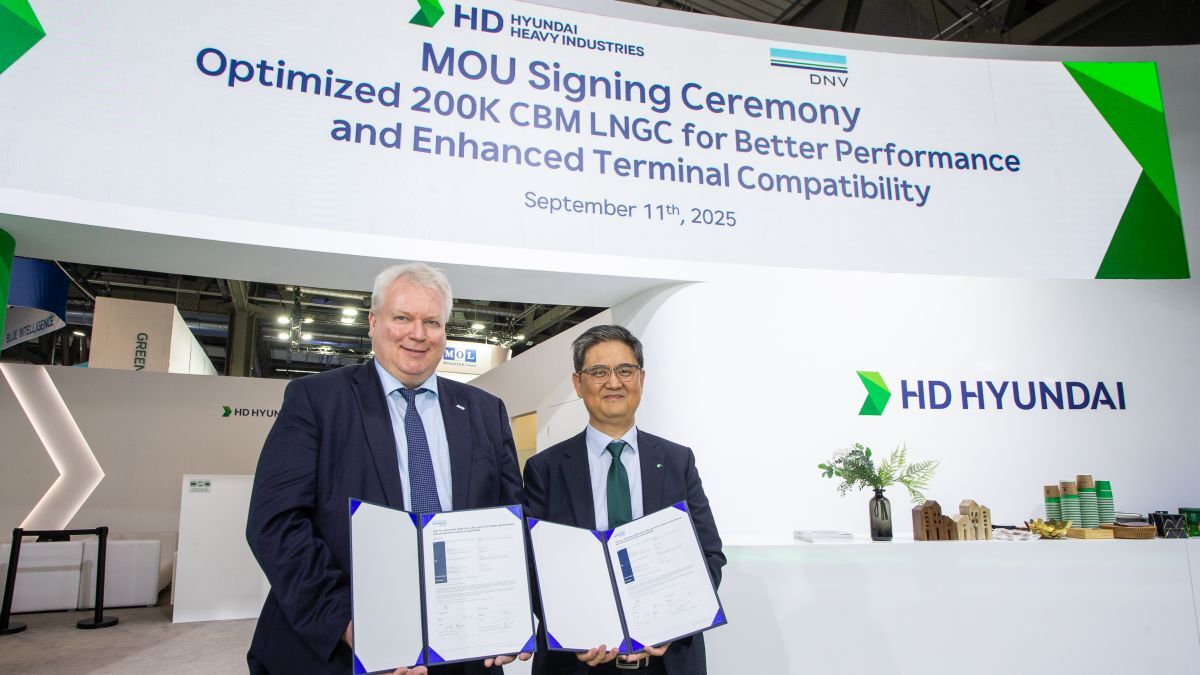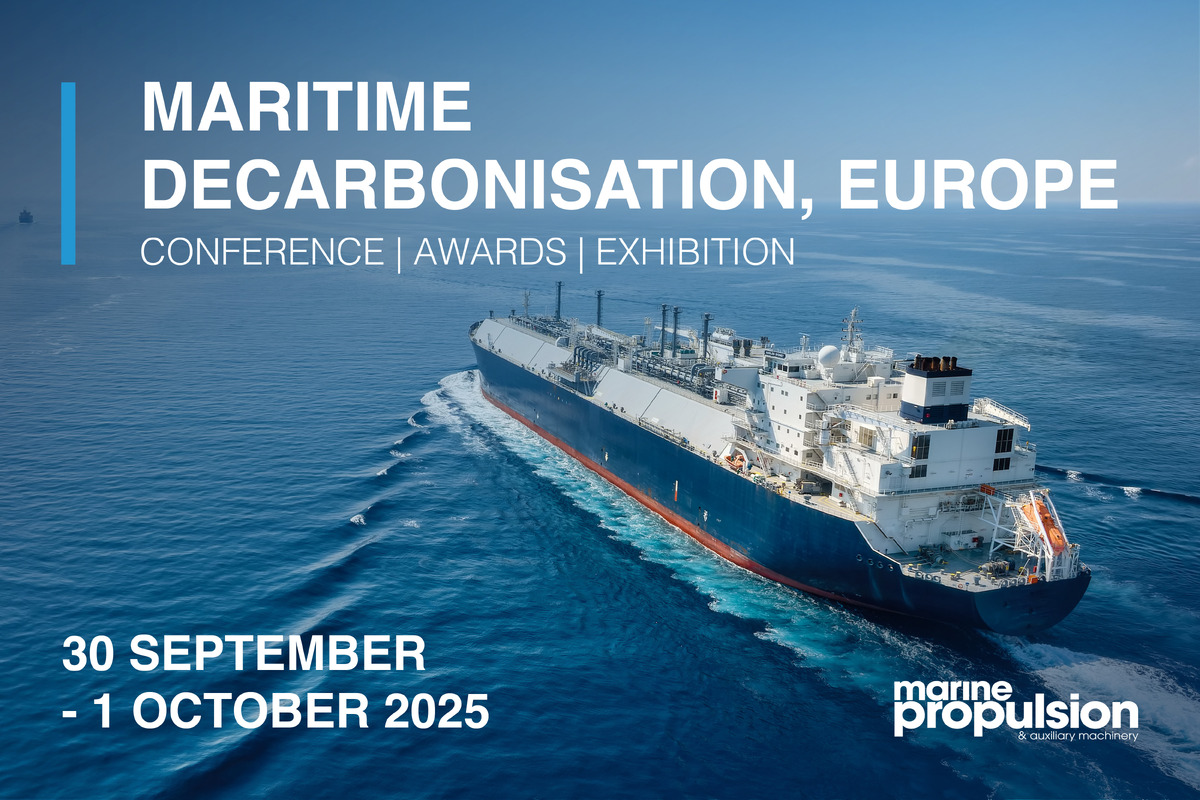Business Sectors
Events
Contents
Register to read more articles.
Europe must rethink its approach to energy supply
Embracing energy abundance requires Europe to expand its small-scale LNG fleet to ensure flexible, efficient, and resilient energy distribution, writes Small Scale LNG consultant, Eduardo Perez Orue
For half a century, the dominant narrative surrounding energy has been one of scarcity. The assumption that resources would soon be exhausted has shaped economic policies, investment strategies, and infrastructure development. It was a mindset reinforced by dire predictions such as M. King Hubbert’s assertion in 1974 that global oil supplies would run dry by the year 2000. Though these forecasts failed to materialise, the fear of depletion persisted, influencing the energy transition strategies of governments and industries worldwide.
Yet today, the global energy landscape is shifting. It is time to move away from the outdated scarcity mentality and embrace a vision of energy abundance. Demand for energy continues to grow at an accelerating pace, driven by emerging technologies, changing consumption patterns, and the increasing electrification of transport and industry. Artificial intelligence and cryptocurrency mining are placing unforeseen pressure on supply networks, while the rise of electric vehicles and automation will only intensify this demand. The urgency to balance production and consumption has led to the development of large-scale battery storage projects, particularly across Europe, to stabilise grid operations.
“Europe finds itself at the heart of this transformation”
On the supply side, LNG is playing an increasingly crucial role. The US is expanding its export capabilities, with new terminals in Mexico and Alaska positioned to serve Asian markets. At the same time, shipments to Europe remain a core focus, with Washington eager to cement its role as a key supplier. Meanwhile, Qatar is reinforcing its position as a global LNG leader, commissioning a new fleet of larger carriers to ensure its dominance in the sector. This expansion in LNG production and distribution reflects a shift in thinking — one that embraces the potential for greater energy availability rather than a narrative of decline.
Europe finds itself at the heart of this transformation. For decades, the continent’s energy policies have been shaped by concerns over scarcity, leading to measures aimed at reducing consumption, cutting emissions, and accelerating the transition to renewables. These efforts have been necessary, but they have also constrained Europe’s ability to adapt to the evolving energy environment. The current moment presents an opportunity for a recalibrated strategy — one that acknowledges the benefits of increased energy availability while maintaining a commitment to decarbonisation. This does not mean abandoning sustainability goals, but rather using LNG as a transitional fuel to accelerate the move away from coal and other high-emissions sources.
The infrastructure to support this shift is still inadequate. New LNG import terminals in Northern Europe are a step in the right direction, but they are insufficient on their own. More floating storage and regasification units (FSRUs) are needed to enhance flexibility, while stronger pipeline interconnections between European nations will improve distribution efficiency. Small-scale LNG carriers will also be essential in ensuring that supply can reach diverse locations, particularly where existing infrastructure is lacking. These vessels provide an agile and cost-effective solution for delivering LNG to remote or underserved areas, supporting decentralised energy models and reinforcing energy security in regions that lack large-scale import facilities.
A fundamental challenge remains: fleet capacity must grow in line with demand. The current focus on constructing ever-larger LNG carriers risks limiting the number of ports capable of handling these vessels. A more balanced approach, with greater emphasis on mid-sized and small-scale LNG carriers, is essential to creating a resilient supply network.
Related to this Story
Events
Maritime Decarbonisation, Europe: Conference, Awards & Exhibition 2025
Offshore Support Journal Conference, Americas 2025
LNG Shipping & Terminals Conference 2025
© 2024 Riviera Maritime Media Ltd.


